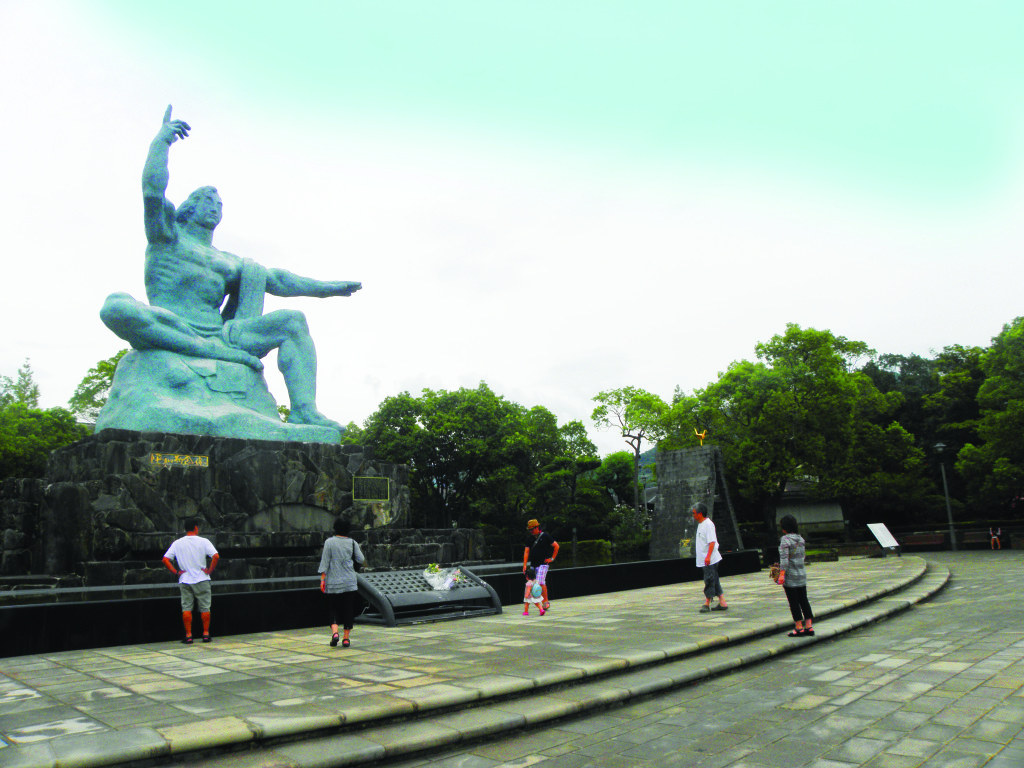By JOSE PAOLO S. DELA CRUZ
Seventy-one years ago on this very day, Nagasaki experienced half of what would soon become one of the most horrific bombing incidents in history, when it fell victim to a nuclear bomb blast during World War II (the other being the city of Hiroshima).
Unlike Hiroshima, Nagasaki was better armed against the blast. Its mountainous landscape limited the potency of the atomic bomb, thus resulting in less casualties, and avoiding the total annihilation of the city. That didn’t stop the bomb from killing 40,000 to 80,000 people though (almost half of the people killed in Hiroshima). But while the bombing killed thousands of people instantly, it didn’t kill the survivors’ will to move forward.
Today, Nagasaki stands proud as a place that has risen from the rubbles of war. One very memorable destination is the Nagasaki Peace Park. Established in 1955, the beautifully landscaped park commemorates the atomic bombing of the city on Aug. 9, 1945.
(The Nagasaki Peace Statue)
 At the northern end of the park is the 10-meter Peace Statue created by sculptor Seibou Kitamura. The gigantic structure’s right arm boldly extends to the sky, warning of the dangers of nuclear weapons. Its left arm, on the other hand, stretches to the horizon — symbolizing Japan’s quest for eternal peace. This statue, according to our tour guide, symbolizes unparalleled strength of body and character, the kind needed to recover from such a tragedy. Still, its face remains gentle, eyes closed in eternal prayer for the repose of the bomb victims’ souls. In front is a black marble statue with the names of the victims, as well as survivors who later succumbed to radiation.
(The Thousand Origami Cranes is a symbol of hope and frustration)
The park is also home to the Thousand Origami Cranes, popularized by a Japanese girl Sadako Sasaki. She was exposed to radiation and developed leukemia at the age of two. The young girl spent 10 years folding paper crane origami, believing that healing shall be hers if she was able to fold a thousand cranes. She died by her 644th paper crane. Sadako’s classmates folded the rest for her.
To this day, the colorful reminder hangs proud at the Nagasaki Peace Park, and has become a symbol of hope to those who believe in miracles. Families and groups of friends partake of this hope in every visit, and they spread it with a smile to those who will accept it.
(More stories on Nagasaki in PeopleAsia’s Oct-Nov 2017 issue. Organized by the Network of Independent Travel Agencies (NITAS), in cooperation with the Philippine Airlines.)







